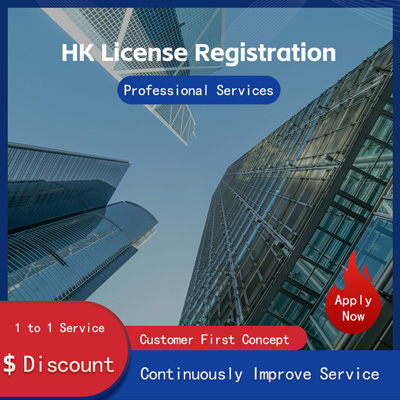
Common Last-Mile Logistics Methods Used in Overseas Warehouses
What Logistics Are Generally Used for the Last Mile of Overseas Warehousing?
In today's thriving cross-border e-commerce industry, overseas warehousing plays an increasingly important role as a key component of the cross-border logistics system. The last-mile delivery of overseas warehouses, which refers to the final transportation phase from the overseas warehouse to the end consumer, is a critical step in determining customer experience and logistics efficiency. So, what logistics methods are typically used in this stage? This article will provide an in-depth interpretation by combining relevant industry dynamics and news information.

Firstly, the choice of last-mile logistics needs to take into account multiple factors such as cost, timeliness, and service quality. For developed countries and regions like the United States, major European countries, Japan, South Korea, etc., due to their well-established infrastructure and advanced end-delivery networks, common last-mile logistics models mainly include local courier services, same-city delivery, and self-pickup cabinet services.
Taking the U.S. market as an example, Amazon FBA Fulfillment by Amazon is a typical case. Amazon has a vast global warehousing network and has established close partnerships with many local logistics companies. When goods enter the U.S. from overseas warehouses, Amazon uses its own delivery network to complete the last-mile distribution. This method not only ensures high delivery speed but also provides value-added services including return handling. UPS, FedEx, and other internationally renowned courier enterprises also hold significant positions in the U.S. market. They collaborate with overseas warehouses to offer flexible and efficient last-mile delivery solutions to cross-border e-commerce sellers.
In Europe, due to the large geographical differences between countries, the last-mile logistics exhibit diverse characteristics. For instance, in large countries like Germany and France, professional logistics service providers such as DHL Express and DPD Group leverage their nationwide service networks to quickly respond to customer demands. In contrast, in smaller countries like the Netherlands and Belgium, more reliance is placed on regional small-scale delivery companies or self-pickup services provided by community convenience stores. These location-specific approaches significantly enhance delivery efficiency while reducing operational costs.
It is worth noting that with the gradual penetration of the sharing economy concept into the logistics sector, a new type of last-mile delivery model-crowd-sourced logistics platforms-has emerged in recent years. These platforms integrate idle social transport resources, offering cross-border e-commerce companies low-cost and highly flexible delivery options. For example, in the Southeast Asian market, Lazada’s collaboration with GrabGrabExpress service is a successful attempt. As one of the largest travel service platforms in Southeast Asia, Grab’s extensive driver fleet provides strong support for Lazada’s end deliveries, enabling cross-border packages to reach consumers within a short time.
Apart from the aforementioned traditional courier services and crowd-sourced logistics, self-pickup cabinets have become an important supplementary form of last-mile delivery in many countries and regions. Especially in densely populated urban centers, self-pickup cabinets are widely welcomed due to their convenience and security. For instance, in the Hong Kong Special Administrative Region of China, the intelligent courier cabinet network built jointly by Cainiao Station and multiple courier enterprises has become an indispensable part of citizens' daily lives. Similarly, in cities like Sydney and Melbourne in Australia, there are also many similar self-service collection terminals distributed in busy areas such as shopping malls and subway stations.
Of course, consumer habits in different countries and regions also influence the specific implementation plans for last-mile logistics. For instance, in the Middle East, due to the hot and dry climate conditions limiting outdoor activities, many consumers prefer night-time deliveries or scheduled door-to-door delivery. In some countries in South America, due to relatively frequent security issues, safe and reliable closed-loop deliveries are the preferred option.
In summary, the last-mile logistics of overseas warehouses are not a single fixed model but a coexistence of various solutions. Whether relying on local courier giants or innovative service models driven by emerging technologies, the core goal remains to meet the growing demand for cross-border consumption and enhance user experience. With the deepening application of frontier technologies such as artificial intelligence and big data, we have reason to believe that the last-mile logistics of overseas warehouses will a more intelligent and personalized development trend. This will not only help the continuous prosperity of the cross-border e-commerce industry but also further promote the logistics revolution in the process of globalization.
Still have questions after reading this? 26,800+ users have contacted us. Please fill in and submit the following information to get support.

Service Scope
MoreRecommended for You
- Does Kapaie Support Logistics Tracking?
- How to Check KPL Logistics Status?
- Main Differences Between Seafreight Express Delivery and Curbside Delivery
- How to Correctly Fill in the FBA Number
- Low-Cost LTL Transportation Services
- Low-Cost Less-Than-Truckload Freight Service
- Comparison and Analysis of UPS and CPAI Express
- Which Is the Best Kapa Logistics Line?
- Track and Query CUPSKY UPS International Express Logistics
- Analysis on Current Status of Domestic Less-Than-Truckload Freight Industry
- Canada FBA Shipping Delivery Service
- What Services Does Cardex Logistics Offer?
- Plan for Integrating End-of-Line Logistics Resources in Overseas Warehouses
- Kapai Logistics Line Market Price
- How to Track Seafreight Cabotage Logistics Information
- Low-Cost Less-Than-Truckload Logistics Services
- How to Check KPL Express Tracking Number?
- How to Fill in Logistics Tracking Number for Kaipai
- What Transportation Method Does JD Express Less-Than-Truckload Use?
- LTL Vehicle Transportation Services


 ONE
ONE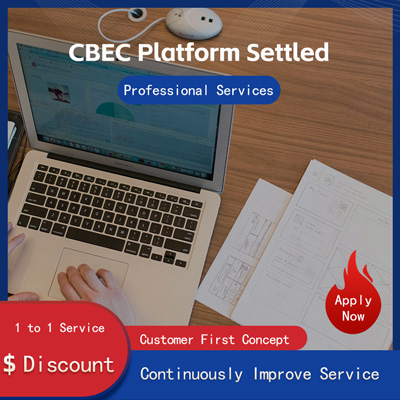



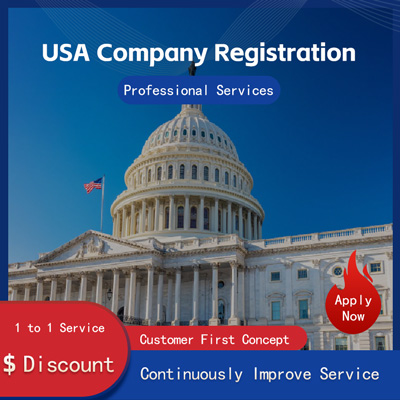

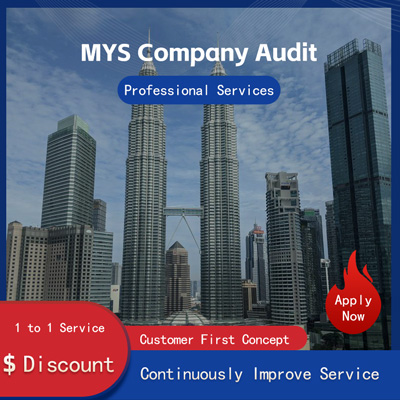
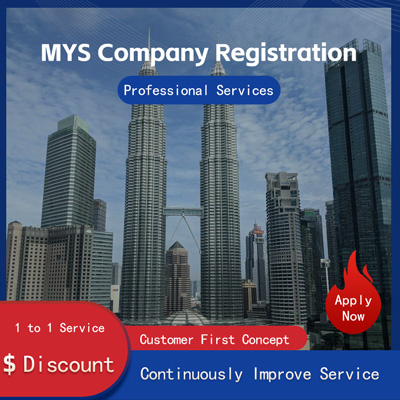


Customer Reviews
Small *** Table
December 12, 2024The experience was very good. I was still struggling to compare it with other companies. I went to the site a few days ago and wanted to implement it as soon as possible. I didn't expect that everything exceeded my expectations. The company is very large, with several hundred square meters. The employees are also dedicated and responsible. There is also a wall of certificates. I placed an order on the spot. It turned out that I did not make a wrong choice. The company's service attitude is very good and professional. The person who contacted me explained various things in detail in advance. After placing the order, the follow-up was also very timely, and they took the initiative to report the progress to me. In short, I am very satisfied and recommend this company!
Lin *** e
December 18, 2024When I first consulted customer service, they recommended an agent to me. They were very professional and patient and provided excellent service. They answered my questions as they came in. This 2-to-1 service model is very thoughtful. I had a lot of questions that I didn’t understand, and it’s not easy to register a company in Hong Kong. Fortunately, I have you.
t *** 7
December 19, 2024I originally thought that they only did mainland business, but I didn’t expect that they had been doing Hong Kong business and were doing very well. After the on-site interview, I decided to ask them to arrange the registration of my Hong Kong company. They helped me complete it very quickly and provided all the necessary information. The efficiency was awesome. It turns out that professional things should be done by professionals.👍
b *** 5
December 16, 2024In order to register a company in Hong Kong, I compared many platforms and stores and finally chose this store. The merchant said that they have been operating offline for more than 10 years and are indeed an old team of corporate services. The efficiency is first-class, and the customer service is also very professional.